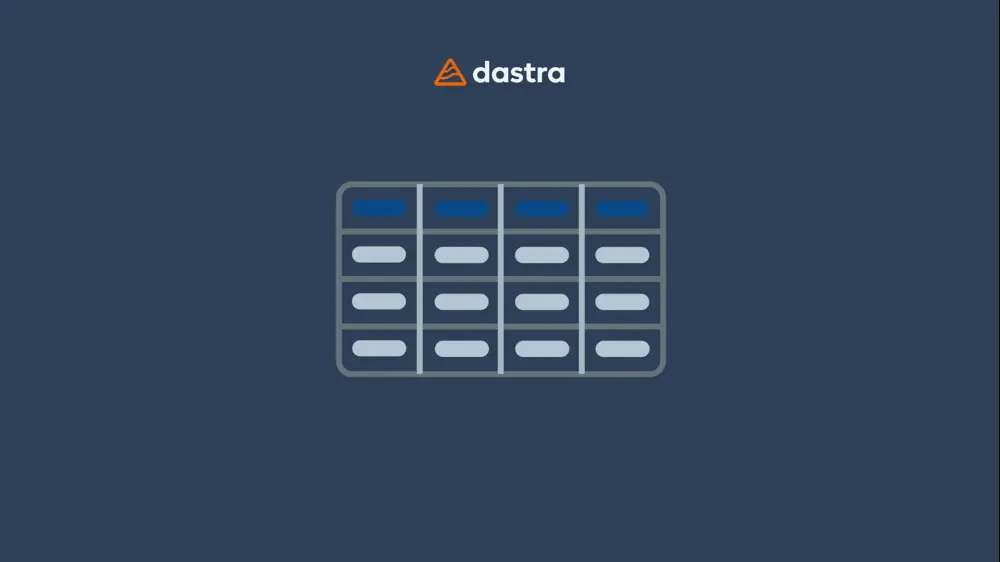Imagine a company deploying dozens of AI projects simultaneously: predictive models, intelligent chatbots, recommendation systems... A year later, some projects have progressed, others remain in the pilot stage, and a few have been forgotten.
In the meantime, teams have changed, regulations have tightened... and an external audit is knocking at your door.
This is precisely where AI system mapping comes into play: a crucial step for governing, securing, and mastering the use of artificial intelligence within your organization.
While the GDPR mandated the maintenance of a record of personal data processing in 2018, the AI Act now encourages organizations to adopt a similar logic for their AI systems. Though not always mandatory, this practice is expected to become central in demonstrating compliance, managing risks, and governing AI responsibly.
Regulatory framework: the AI Act
The European regulation on artificial intelligence (AI Act) was definitively adopted in 2024. It will gradually come into effect between 2025 and 2026. This regulation creates a typology of AI systems based on their risk level, with tailored obligations:
Unacceptable risk: prohibited systems (e.g., cognitive manipulation, social scoring).
High risk: systems subject to documentation, risk management, transparency, and registration in a European database (e.g., recruitment, HR management, or credit systems).
Limited risk: enhanced transparency obligations (e.g., generative AI, chatbots).
Minimal risk: no direct regulatory obligations, but best practices encouraged.
Thus, for high-risk systems, the maintenance of a formal registry becomes a legal obligation. Beyond this requirement, the registry of AI systems brings clear benefits for all types of organizations and all risk levels.
Want to grasp the AI Act quickly? Here are the key points you need to know.
Why keep a record of AI Systems?
1. Map Uses and Detect Blind Spots
AI systems are often deployed in a fragmented manner across business departments: task automation, data scoring, natural language processing, generative AI...
A record allows for centralizing and cataloging all used systems, including those introduced without supervision.
👉 This prevents overlooking a risky use, sometimes deployed without legal consultation.
2. Assess risks and anticipate regulatory obligations
Documenting the systems allows for evaluating their risk level under the AI Act, as well as under the GDPR, consumer law, or internal ethical principles.
Mapping helps identify:
systems with a high risk (e.g., those impacting individual rights or critical business processes),
areas requiring additional resources, supervision, or in-depth audits.
Example: An AI system used in HR for performance evaluation carries more legal and ethical risks than a tool intended to automate B2B emails.
👉 This is the first step towards proactive compliance: implementation of DPIAs, robustness tests, bias audits, transparency obligations.
3. Enhance transparency and accountability
Maintaining a registry helps to ensure traceability of automated decisions, the models used, data sources, and human oversight mechanisms. This serves two objectives:
Internal: informing teams, transparency between management.
External: demonstrating that AI is used in a fair, explainable, and controlled manner.
4. Prepare for audits and controls
National authorities will have increased control powers. Being able to present a structured, up-to-date registry consistent with the GDPR processing record will be a sign of maturity and diligence.
5. Connect AI governance and data dovernance
AIs consume data in all its forms. Keeping a record allows you to link AI systems to associated data processing, thus:
Ensuring consistency between the two records.
Identifying automated decisions subject to Article 22 of the GDPR.
Simplifying the traceability of purposes, legal grounds, and retention periods.
How to maintain a good record of AI Systems?
Scope: include all areas, thus all tools used by employees, customer interactions, as well as third-party platforms integrating AI.
Organization: undertake the exercise in partnership with all relevant stakeholders: data, IT, business, compliance, legal teams, but also at the group level, subsidiaries, and local entities.
Want a quick overview of the key elements of an AI system record?
🔄 Organizational best practices:
Update the record with each system change or purpose alteration.
Make it accessible to internal stakeholders (legal, IT, business, ethics…).
Add the record to the procedure followed when registering new AI systems from the design stage.
Align the AI record with the GDPR ROPA (record of processing acitivites).
Dastra:
Dastra offers a dedicated feature for the record of AI systems, designed to meet the requirements of the GDPR, AI Act, and international best practices. It enables you to:
Catalog all AI systems in just a few clicks.
Automatically assess their risk level.
Link each system to a data processing or an external supplier.
Centralize documentation: DPIA, technical documentation, logs, validations.
Export or archive the record in case of an audit.
In a nutshell
Maintaining a record of AI systems is no longer an option reserved for large organizations or the most sensitive cases. It is an essential governance practice, in line with new regulatory and ethical requirements.
By anticipating the obligations of the AI Act, aligning AI with GDPR, and adopting a structured approach with the right tools, you enhance transparency, accountability, and trust in your AI use cases.
Check out the next article in this “AI Series”:

